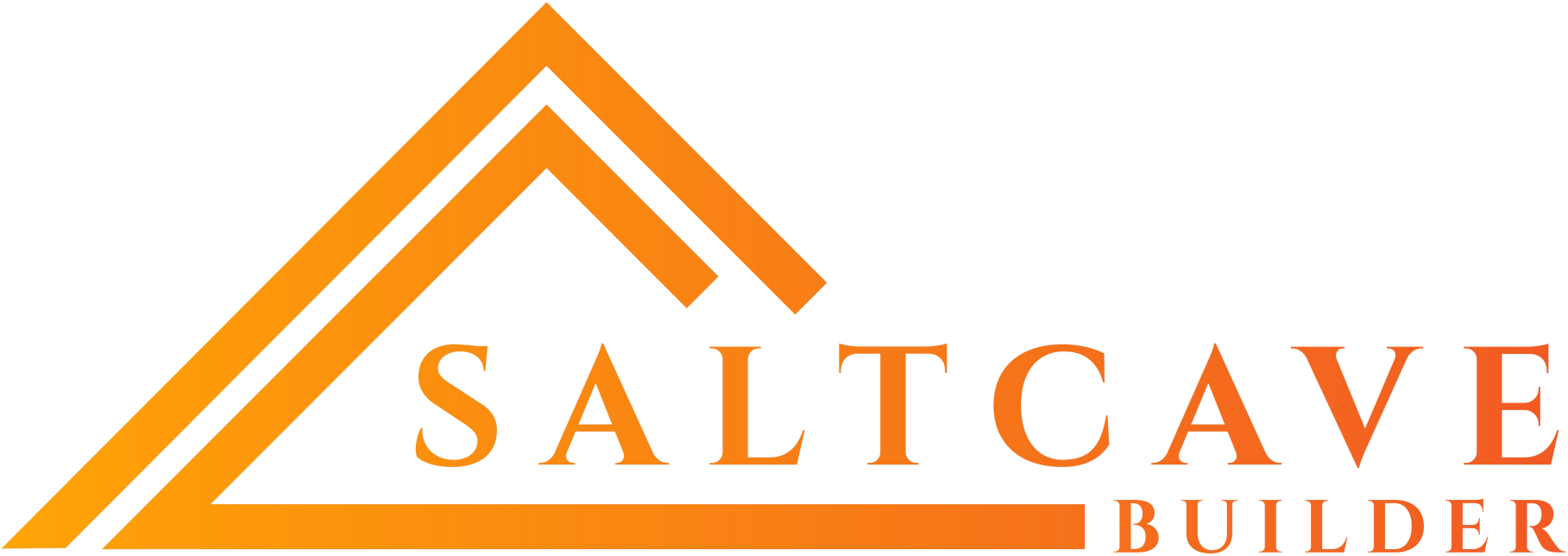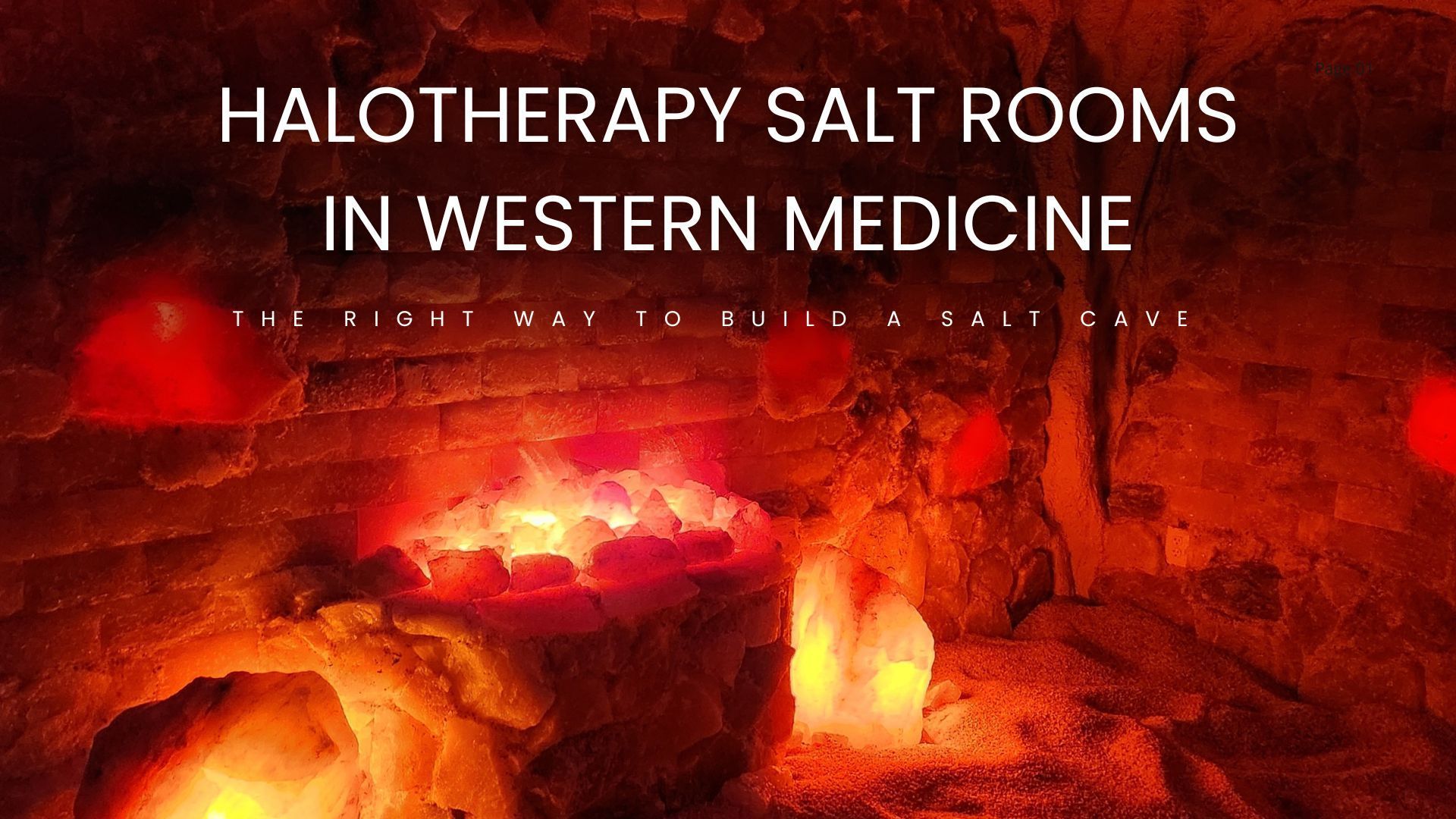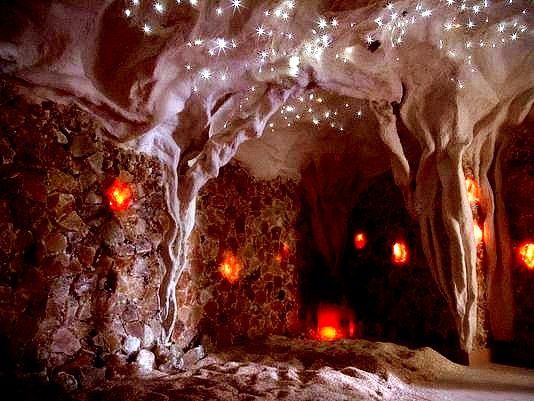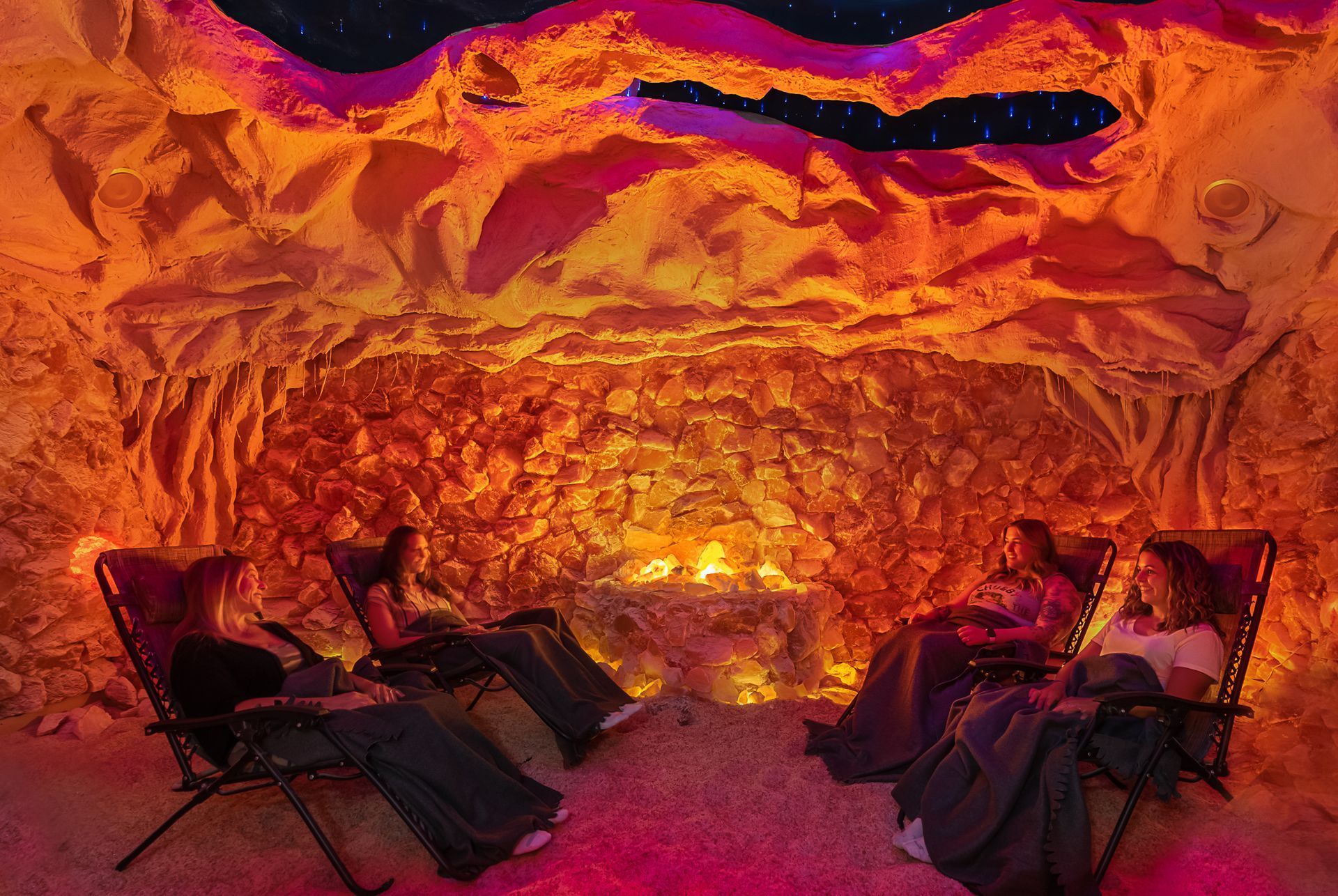Making a Salt Room for Your Spa or Practice
Discover the costs, process, and benefits of adding a salt room to your practice or spa. Learn about different salt room options and business models.
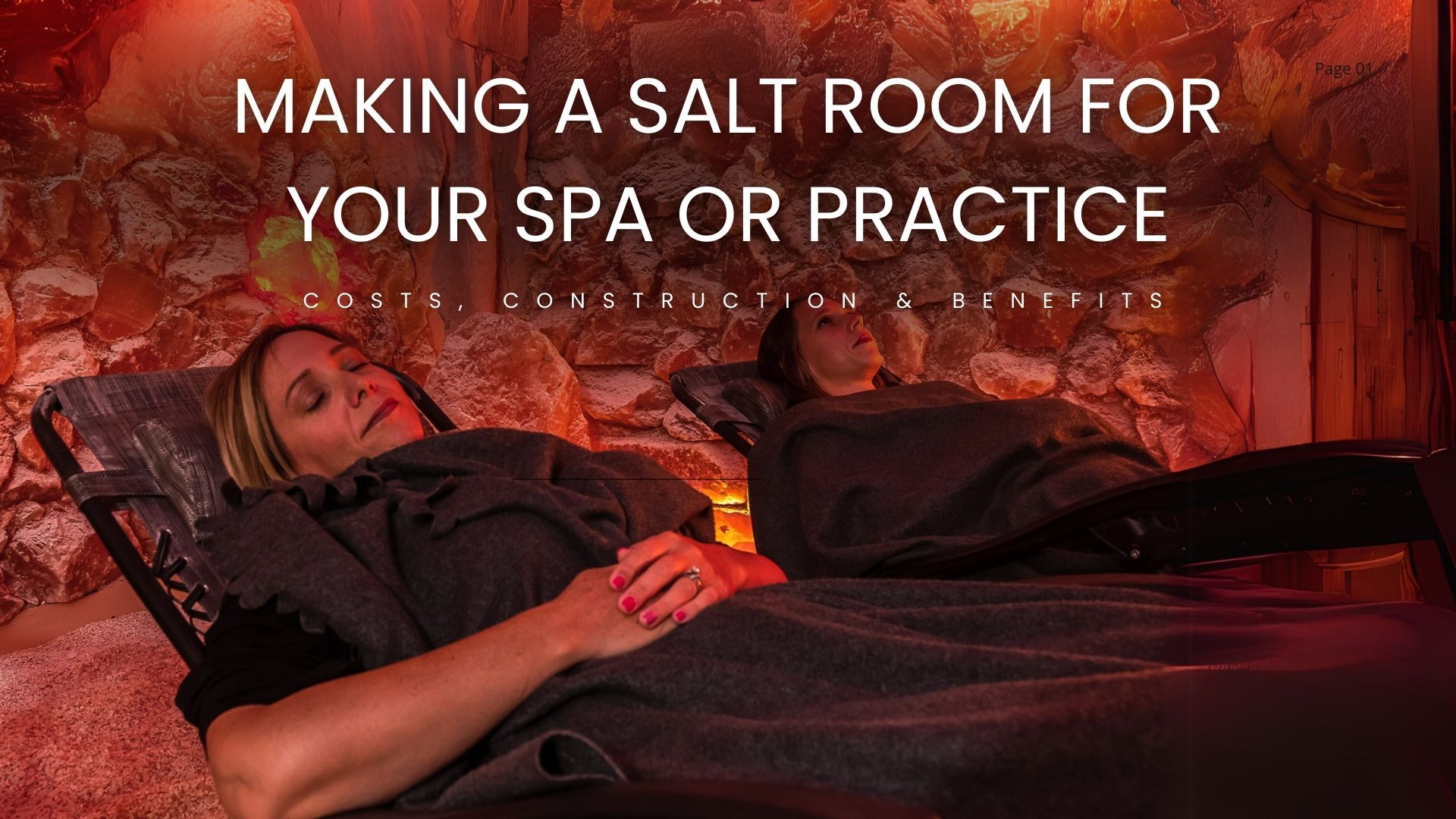
Wanting to Offer More to Your Clients but Not Sure How?
As a spa or practice owner, you’re constantly looking for ways to expand your services and enhance your client experience. Offering innovative and health-focused treatments is a great way to stand out, and Halotherapy—commonly known as salt therapy—is becoming an increasingly popular choice. The calming, therapeutic benefits of salt rooms are known to help with respiratory conditions, skin issues, stress, and relaxation.
However, while the concept of building a salt room or salt cave may sound appealing, many business owners struggle with knowing where to start, how much it will cost, and what the process entails. If you’re looking to dive into the world of salt therapy but feel overwhelmed by the logistics, you’re not alone. In this article, we’ll break down the types of salt rooms available, the costs involved, and the steps you’ll need to take to create a profitable and sustainable salt therapy experience for your clients.
The Truth About Cheap Salt Rooms and Salt Booths
When researching salt rooms, you may come across cheaper, smaller salt booths or basic salt rooms marketed as affordable solutions. While these may seem like an easy way to dip your toes into the salt therapy trend, they come with a host of limitations, especially when considering them for commercial use.
Cheap salt booths often lack the necessary engineering, safety features, and therapeutic effectiveness that come with more substantial designs. The smaller, budget-friendly booths may be an attractive investment upfront, but they typically fail to provide the full benefits of halotherapy, and their limited capacity can lead to low client satisfaction. Furthermore, their design often lacks the relaxing ambiance clients expect from a spa experience, making it harder to create a repeat customer base. For commercial use, these booths can become a liability, particularly when customers expect a luxurious, comfortable environment.
In short, while cheap salt rooms or booths might look like a quick fix, they’re not built to last or deliver the full therapeutic benefits necessary for success in your practice or spa. Investing in a low-cost salt room could end up costing you much more in the long run, especially when considering repairs, client dissatisfaction, and the potential damage to your brand's reputation.
Medium-Priced Salt Rooms: A False Economy
Moving up the price scale, medium-priced salt rooms may seem like a reasonable choice for your spa or practice. These rooms typically offer larger spaces and more refined features than the cheaper booths. However, while they may promise more luxury and comfort, they come with their own set of concerns.
One of the major drawbacks of medium-priced salt rooms is their construction quality. Many of these rooms are not designed with the long-term viability of commercial use in mind. Issues like inadequate ventilation, improper insulation, and failure to meet ADA (Americans with Disabilities Act) guidelines can create legal headaches for business owners. These rooms are often hastily built with cheaper materials that may look good initially but show signs of wear and tear over time.
Additionally, the costs of retrofitting these rooms to meet regulatory standards or to make them more comfortable for clients can end up exceeding your original investment. It’s not uncommon for medium-priced salt rooms to end up being less cost-effective than initially anticipated, as they require ongoing maintenance and upgrades to keep them functional and up to code.
In summary, while medium-priced salt rooms might offer a balance of affordability and aesthetics, they often lack the durability, safety, and functionality that your spa or practice truly needs. These rooms may not be as cost-effective in the long run, and you could find yourself investing more money into repairs and renovations than you planned.
High-End Salt Rooms: The Best Investment for Your Spa or Practice
When it comes to building a salt room that will deliver long-term value for your business, high-end salt caves or rooms are the best option. While they require a higher upfront investment, they offer numerous advantages that make them the optimal choice for commercial use in your spa or wellness center.
High-end salt caves are custom-designed and built to meet all regulatory requirements, ensuring they are fully ADA-compliant and structurally sound. These salt rooms are constructed using high-quality materials, including therapeutic-grade Himalayan salt, advanced air filtration systems, and climate control systems that create the perfect environment for Halotherapy. These rooms not only provide a therapeutic experience for your clients but also a luxurious and comfortable space that encourages repeat visits.
In addition to offering superior comfort and therapeutic benefits, high-end salt caves are designed for durability and ease of maintenance. They are built to last and can accommodate a higher volume of clients, making them a more profitable choice in the long run. With the right business model, these salt rooms can pay for themselves quickly, ensuring a strong return on investment.
For commercial spa owners, high-end salt rooms are the key to providing a premium service that sets your business apart from the competition. While the upfront costs are higher, the return on investment (ROI) and client satisfaction make them the best option in the long run.
Building a Business Model for Your High-End Salt Room
Let’s break down the numbers. You’ve decided to build a high-end salt room with a $150,000 investment. You’ve done your research, and you know that the upfront cost will pay off over time. Here’s how you can structure your business model.
Assume you’ve built a salt cave with 12 seats. Your target price per session is $50. Let’s calculate how this will play out over time.
Business Model Breakdown:
- Total Investment: $150,000 (for the salt room construction)
- Price per session: $50 per guest
- Seats in the cave: 12 seats
- Occupancy rate: 50% per day
- Operating Days per Year: 365 (assuming no significant downtime)
Revenue Calculation:
At 50% occupancy, that means 6 guests will be using the salt cave per session.
- 6 guests x $50 per session = $300 per session
- If you operate 3 sessions per day, that’s $900 in revenue daily.
- $900 x 365 days = $328,500 in revenue annually.
Now, subtract your initial investment of $150,000 from the annual revenue:
- $328,500 (annual revenue) - $150,000 (initial investment) = $178,500 in net profit.
With this model, your ROI is achieved within the first year. At this pace, your salt cave would more than pay for itself in one year, providing substantial returns moving forward. This example shows how the high-end salt room can be a lucrative addition to your practice or spa, bringing in consistent revenue and driving customer retention.
The Process: How Long Does It Take to Build Your Salt Room?
Building a salt room isn’t an overnight process. The journey from concept to grand opening can take anywhere from 6 to 8 weeks, depending on local permitting and approval from your county. Here’s a general timeline of the process:
- Design Phase (2-3 weeks): During this stage, you’ll work with designers and contractors to plan your salt room. Customization based on your spa’s space, client needs, and design preferences will be finalized.
- Permitting and Approvals (3-5 weeks): Permits and approvals from local authorities, such as zoning permits and health and safety regulations, will need to be secured. This step can take time, depending on your location.
- Construction and Installation (2-3 weeks): Once permits are in place, construction begins. Building the walls, installing the salt panels, setting up the air filtration and climate control systems, and ensuring all ADA compliance is met.
- Final Touches and Grand Opening (1 week): After construction, you’ll need to add the finishing touches—decor, furnishings, and a cozy, relaxing atmosphere to ensure your clients have an unforgettable experience.
In total, you should expect 6-8 weeks from the start of the process to the grand opening of your salt room.
Let’s Talk About Your Salt Room Project
We know this is a lot of information to digest, and we’re here to help! If you're ready to explore building a salt room in your spa or practice, we’d love to talk through your business model, discuss the opportunities available to you, and walk you through the construction process.
With over 20 years of experience building salt rooms and salt caves across the United States, we can guide you every step of the way.
Schedule a consultation today:
Email:
saltcavevt@gmail.com
Phone:
(802) 770-3138
Let us help you make the right choice for your business and get your salt room up and running smoothly!
